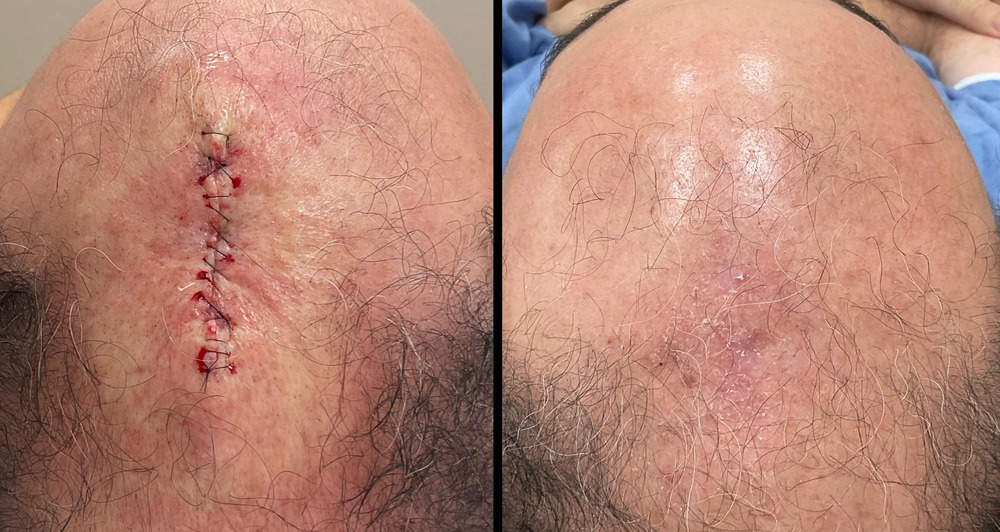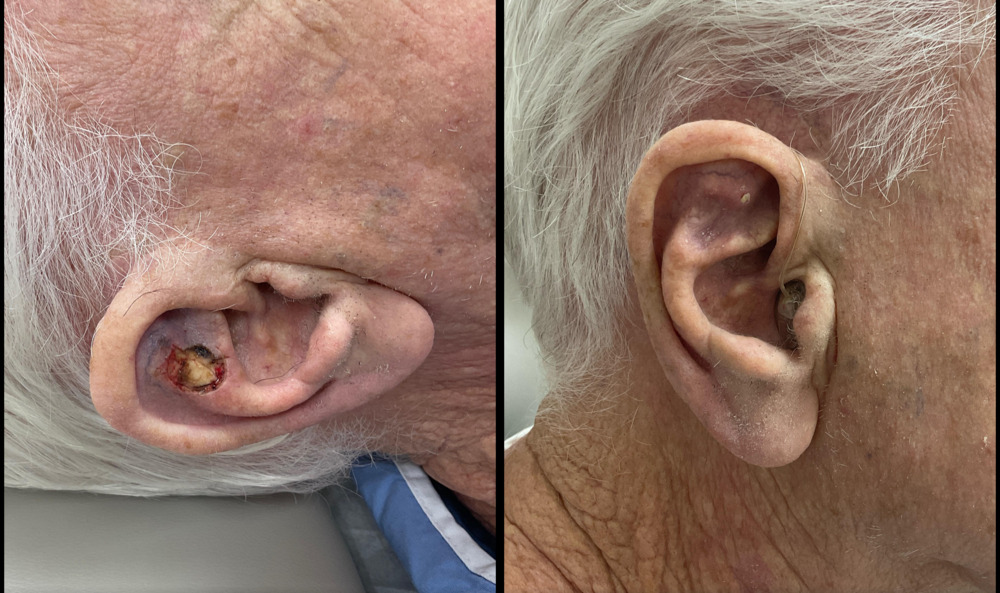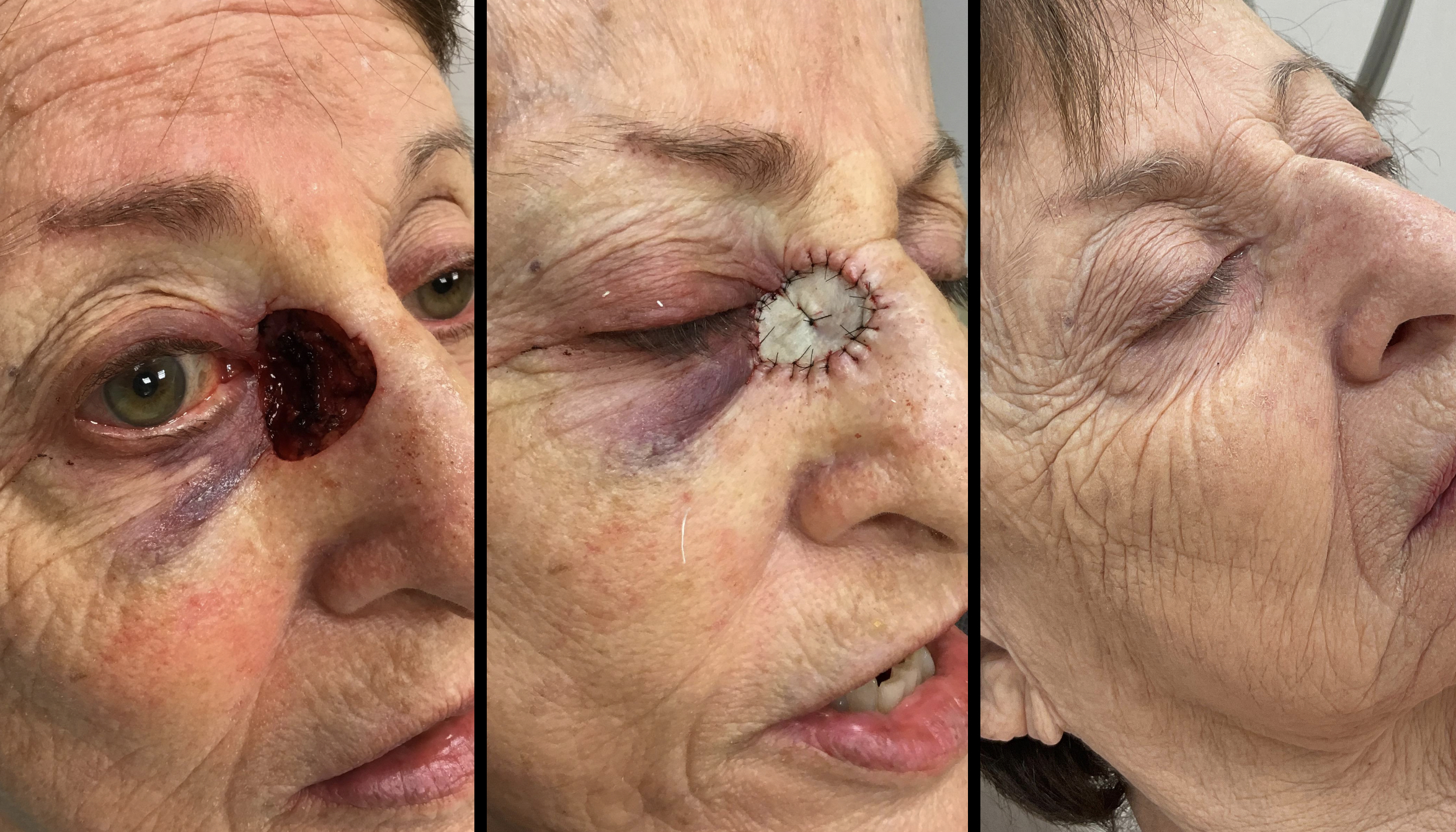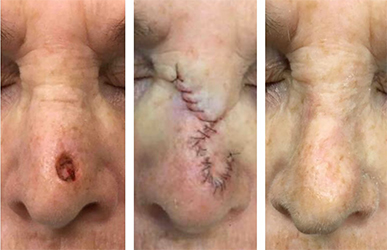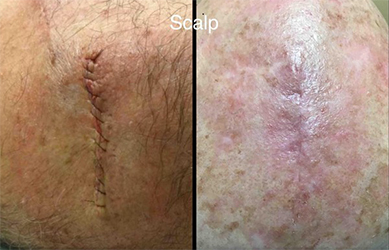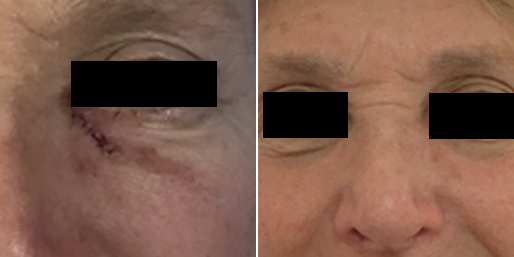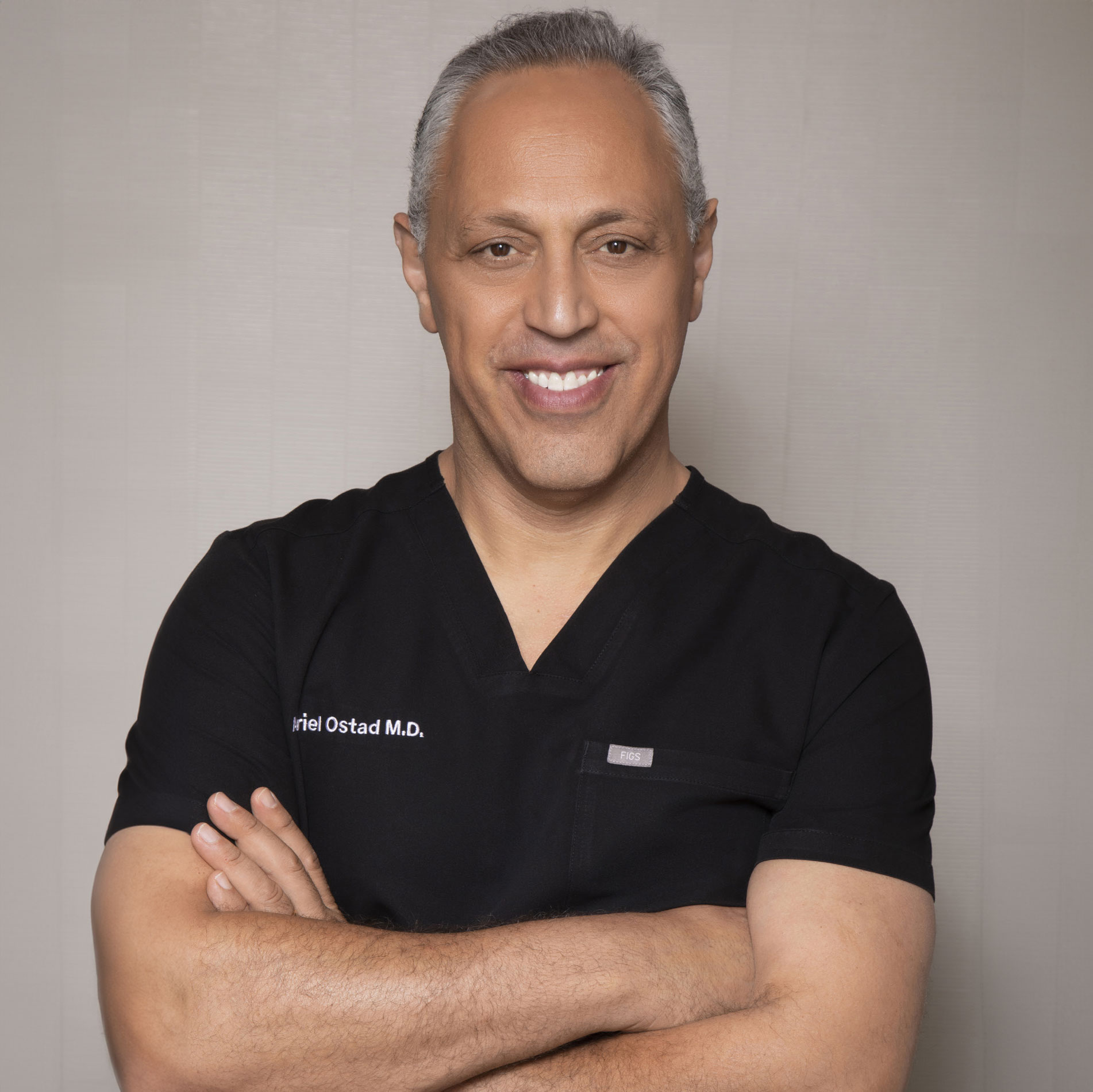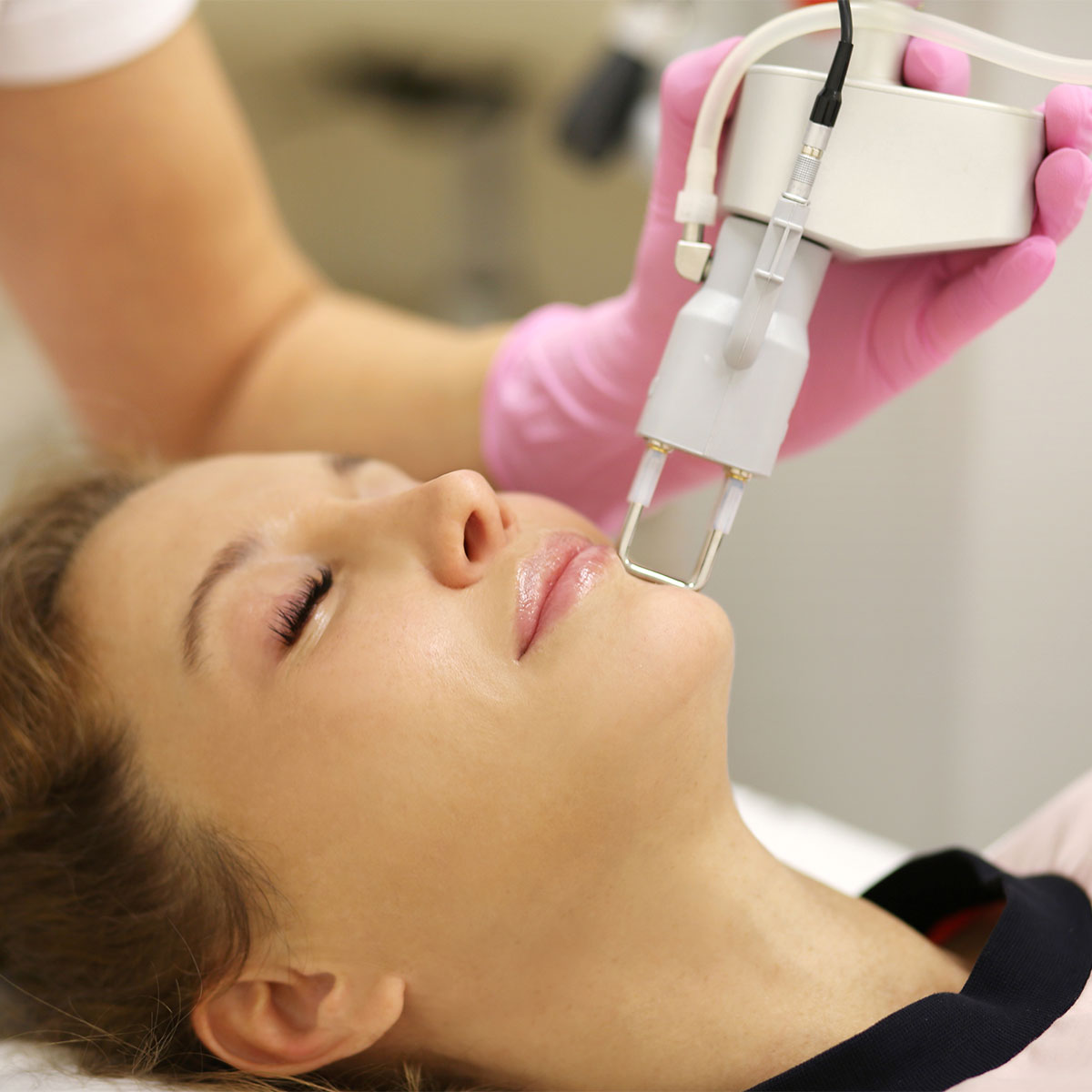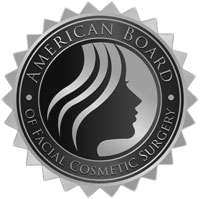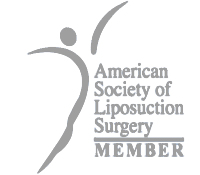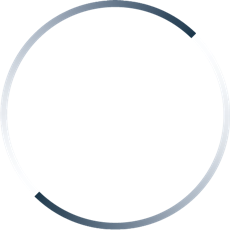Personalized Treatment Plans
Customized Consultations
Regardless of the treatment area or type of skin cancer you want removed, Mohs micrographic surgery can effectively reduce unhealthy skin cells. Dr. Ostad can create a custom treatment process after the initial consultation, removing the entirety of the cancer as much as possible and restoring the health of your skin. This treatment is an effective way to maintain beautiful features with less scarring while removing the cancerous tissue entirely.
Treatment Process
The treatment process may vary for every patient, depending on the size of the cancerous formation. However, Dr. Ostad usually follows a series of key standard steps for an effective treatment. This can include the following:
Anesthesia: Dr. Ostad will numb the area containing the tumor, injecting it with local anesthesia. No general anesthesia is required to perform this procedure.
Visible Tumor Removal: The main “bulk” of the tumor will be gently scraped with a curette (a scoop-shaped instrument). This defines the edge between the healthy tissue and the tumor. The first “layer” is then removed and placed under the microscope, stopping potential bleeding with an electric needle.
Tumor Mapping: The tissue is “mapped,” the mark corresponding with its location on the body. The tissue will also be color-coded when labeled to identify the position on the map.
Lab Examination: Dr. Ostad will process the tissue and take it to the on-site lab for examination. The section will be placed under the microscope, where it is determined if any cancer cells are left there.
Repeat Layer Removal: Should the lab results show the presence of cancer cells, Dr. Ostad will repeat the process and remove another layer to examine. This will continue until the microscopic analysis looks clear of cancer.
Reconstruction: After removing the cancer, Dr. Ostad will proceed to reconstruct the area, maximizing the aesthetic outcome. Stitches can be used where appropriate, but skin grafts or flaps can also be applied where significant tissue has been removed.
The surgery can take a couple of hours. Bigger and deeper tumors often take a longer time to process and excise completely.

 897 Lexington Ave. New York, NY 10065
897 Lexington Ave. New York, NY 10065 212-517-7900
212-517-7900 

